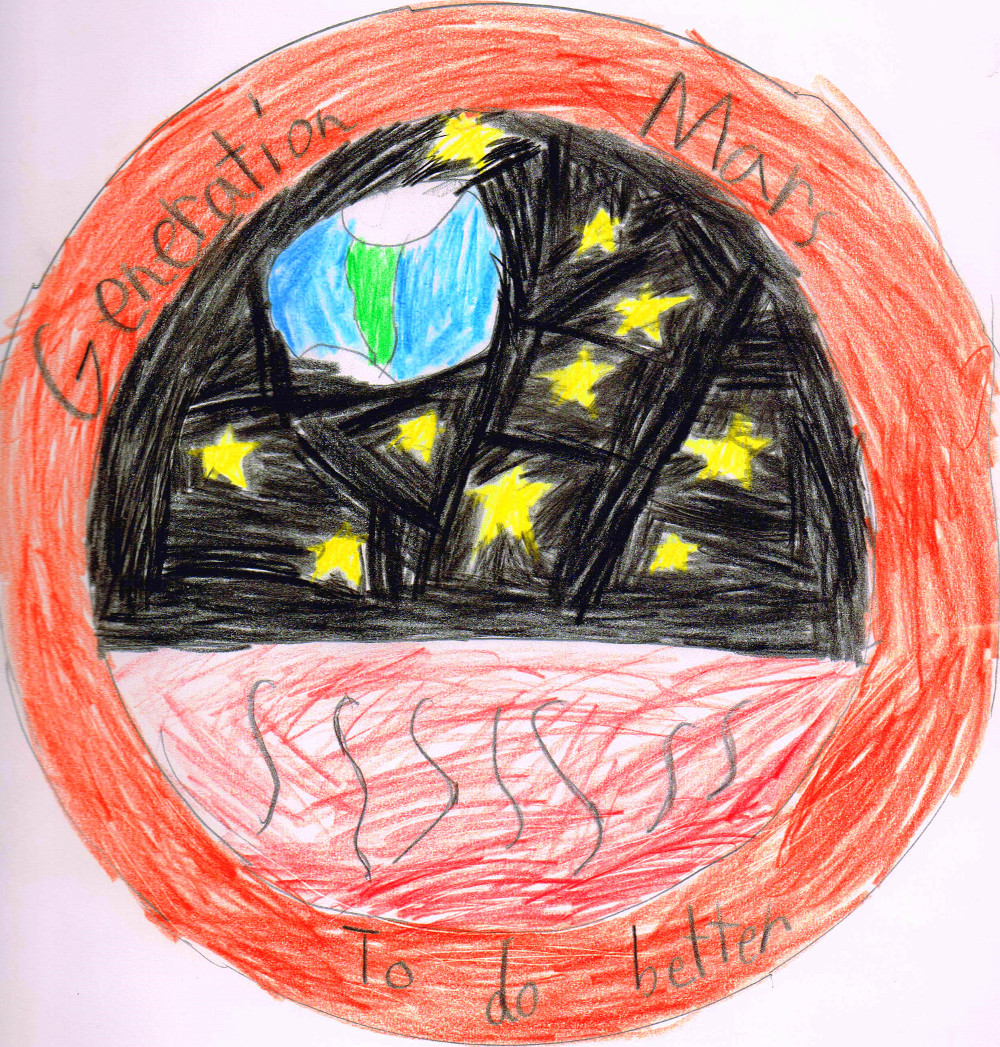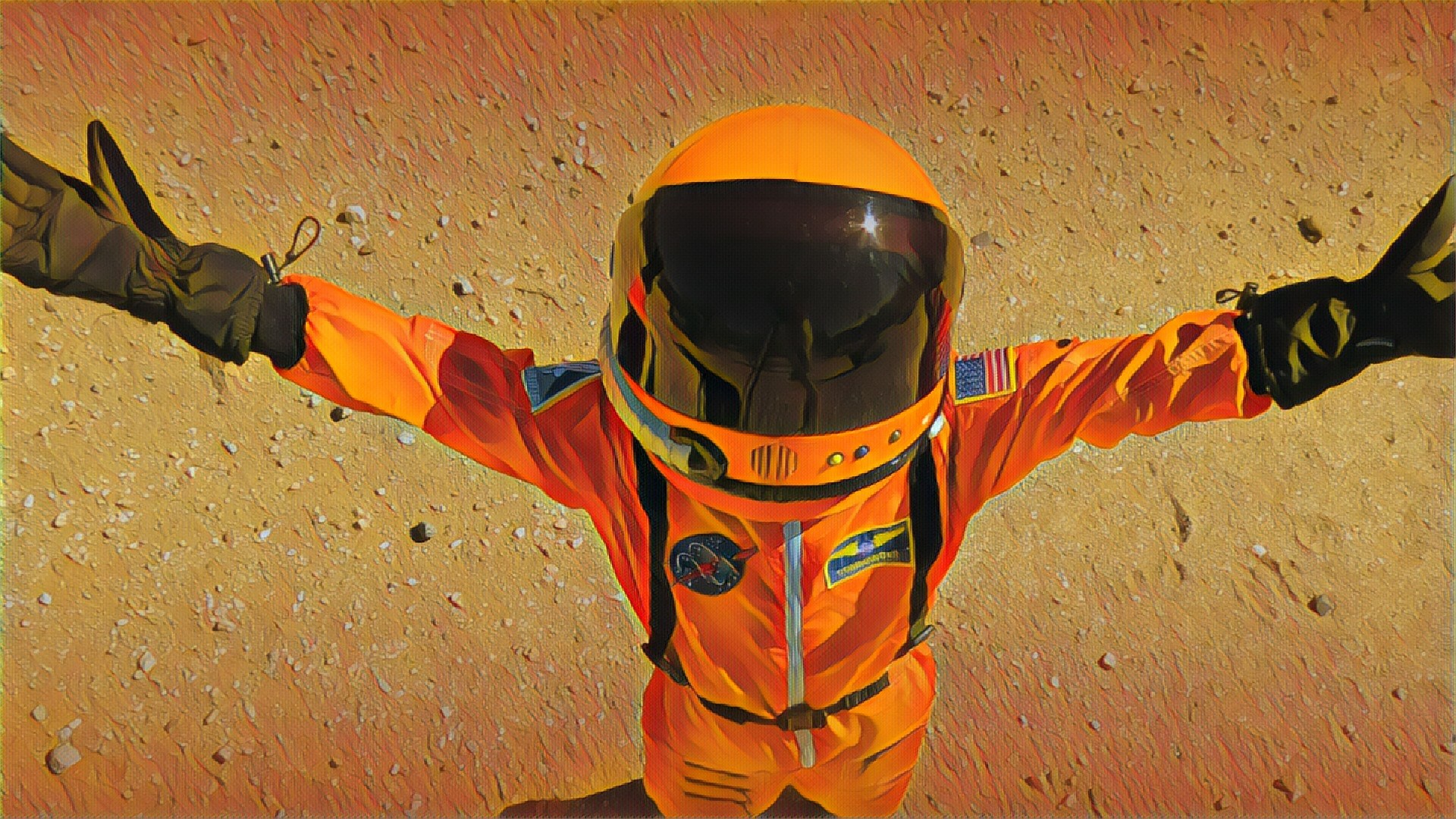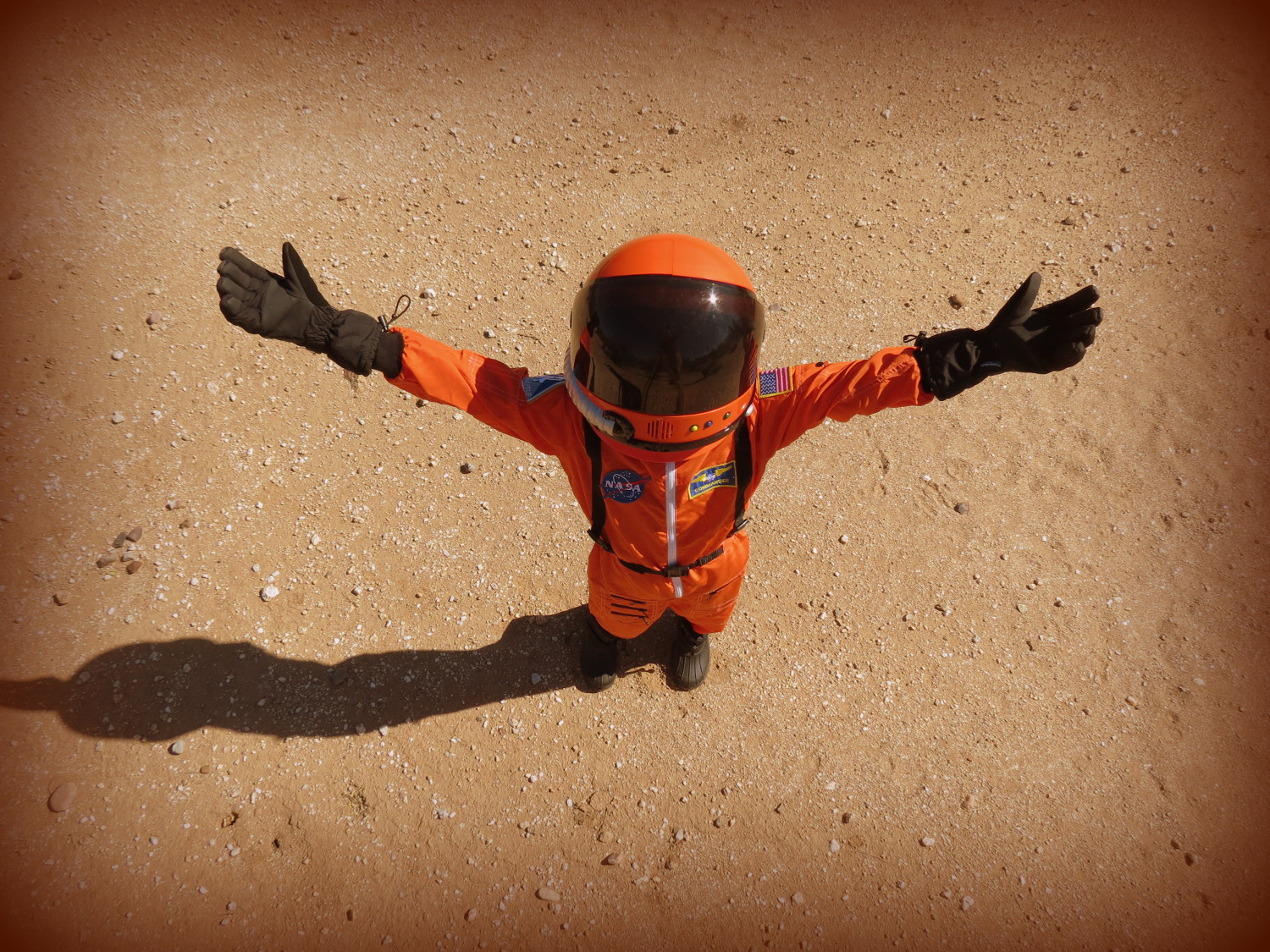My youngest daughter overheard us discussing ideas for the series logo, so she got out her pencils and went to work.
What do you think?


Book Series
My youngest daughter overheard us discussing ideas for the series logo, so she got out her pencils and went to work.
What do you think?

At first, the moons of Mars seem somewhat underwhelming as moons go. Small and misshapen, they don’t seem worth our attention. Still, since humans will one day look up at them and call them their own, maybe we should take a closer look at what that view will be like. We might find that they are more interesting than we expect. Continue reading “Moons”
https://www.facebook.com/nasasolarsystem/videos/10155243951042918/?hc_ref=ARQTel8vUluiZhuM1XWT60z8HIE6VGKn1Pm6cCgh3QjvfvMkwU2dD_Cvq0tzUfHsP_8
Well, the recent rain has delayed work on the promo video. We had planned to shoot at Lordsburg Playa, New Mexico, in order to get the look of a Martian landscape. An inch of rain this week has left standing water, ’cause that’s what desert playas do.
On Mars, the atmospheric pressure at the surface is so low that liquid water would boil away immediately. Here on Earth, we’ll have to wait for the slower process of evaporation.
Just as appropriate today, with NASA turning its attention back to the Moon, as it was eight years ago.
“The agency’s current Vision for Space Exploration will waste decades and hundreds of billions of dollars trying to reach the Moon by 2020—a glorified rehash of what we did 40 years ago. Instead of a steppingstone to Mars, NASA’s current lunar plan is a detour. It will derail our Mars effort, siphoning off money and engineering talent for the next two decades. If we aspire to a long-term human presence on Mars—and I believe that should be our overarching goal for the foreseeable future—we must drastically change our focus.”
-Buzz Aldrin (Popular Mechanics interview, January 5, 2010)
Gearing up to shoot the promo video later this month.

Circling back to my note on solar wind and the Martian atmosphere.
In the note, I described how the solar wind interacts with the ionosphere of Mars to create an induced magnetosphere. Recent data from ESA’s Mars Express mission suggests that this induced magnetosphere actually protects the Martian atmosphere from the ion loss expected to be caused by that same solar wind. Thus, the long held idea that the solar wind blew away Mars’ atmosphere is now in question.
The article below outlines an alternative hypothesis. Rather than losing atmosphere to the solar wind, maybe Mars can’t hold onto one because its gravity is just too weak.
“According to the revised data, Rivkin says, it will take the Tesla about 18.8 months to complete one trip around the sun. This means that the car will reach its farthest distance from Earth in about half that time. The Tesla will cross the orbit of Mars twice per orbit, so Musk is still fulfilling his wish to send his Tesla “to” Mars—it’ll just take a little longer between visits.”